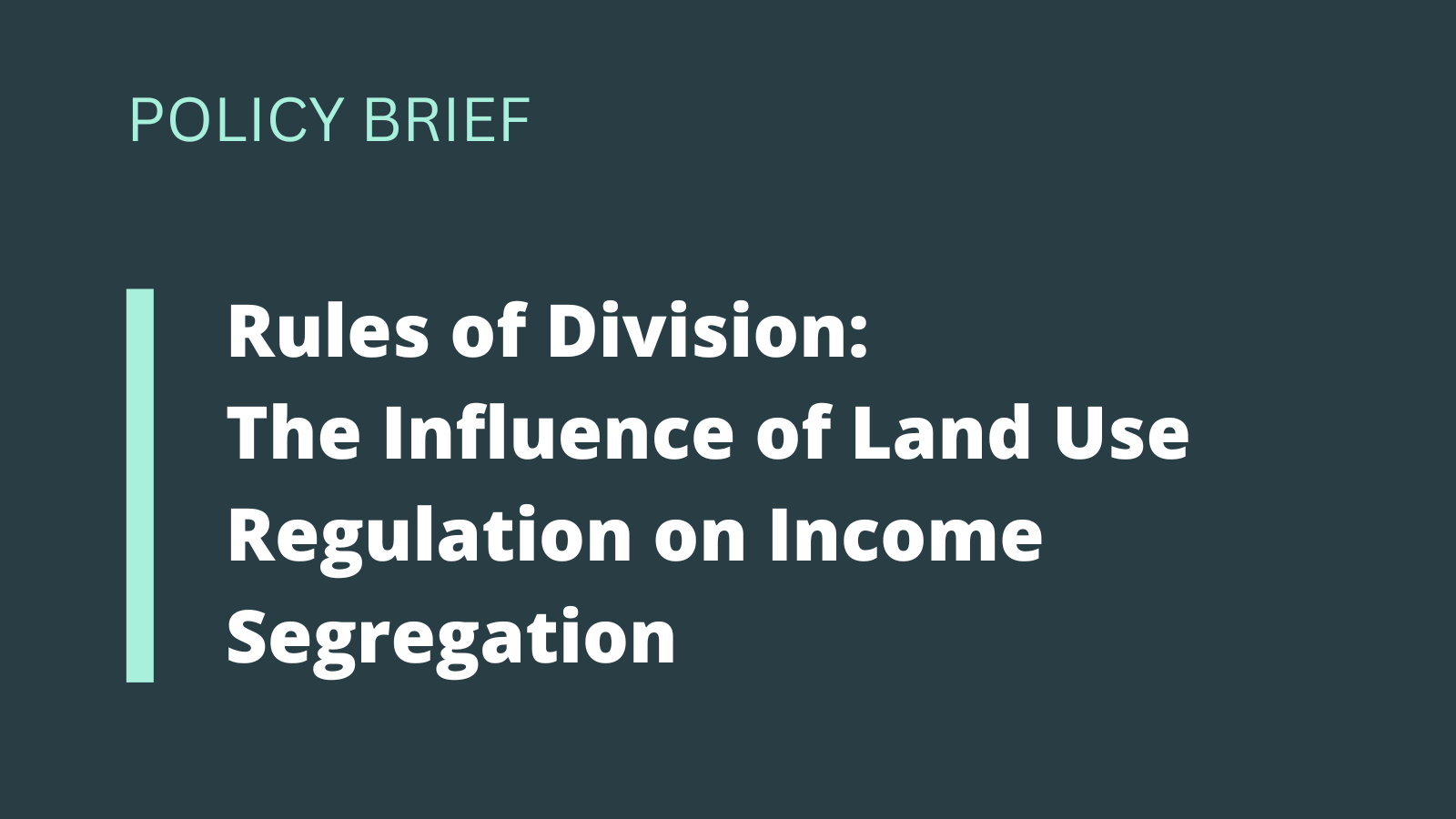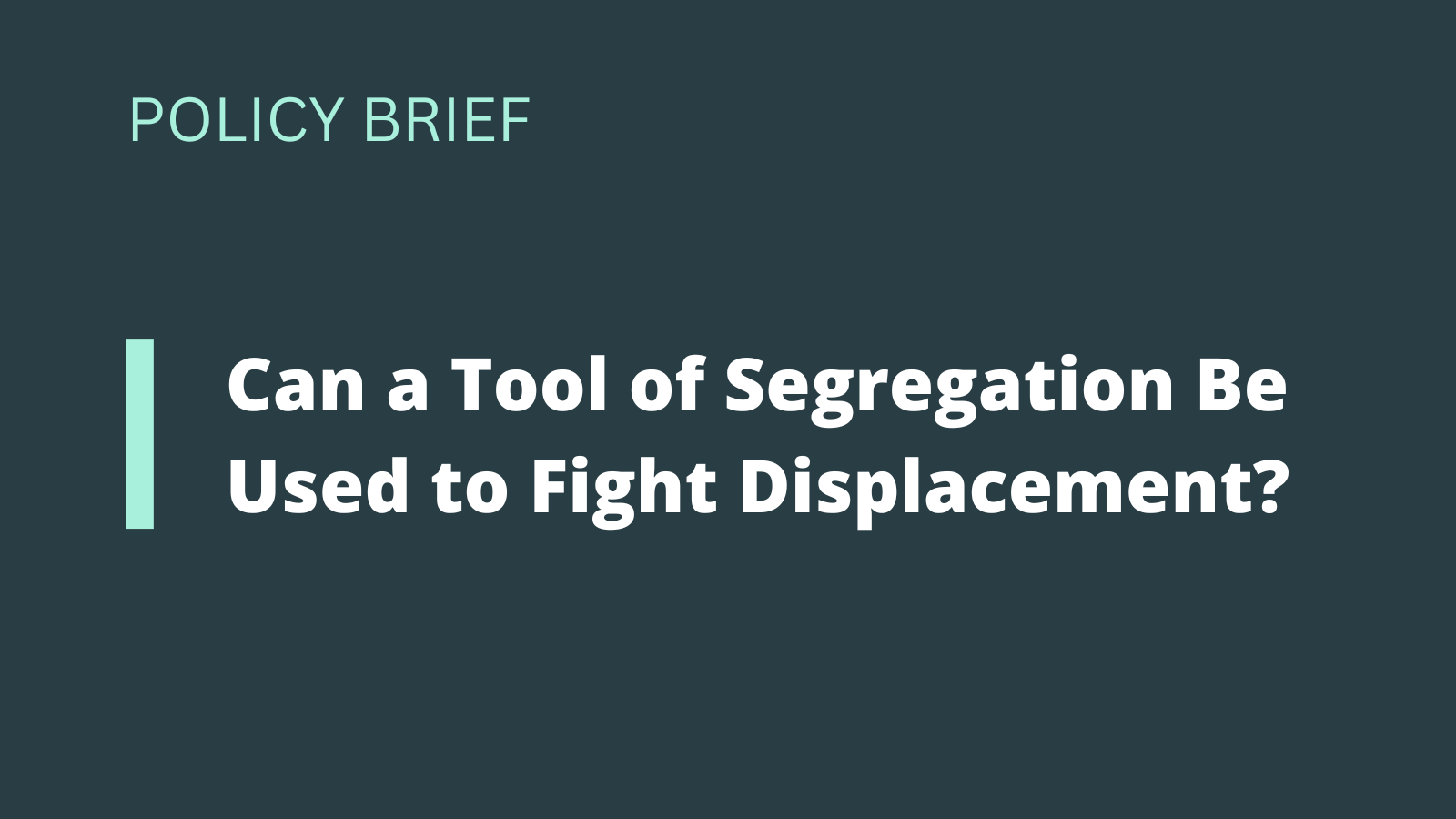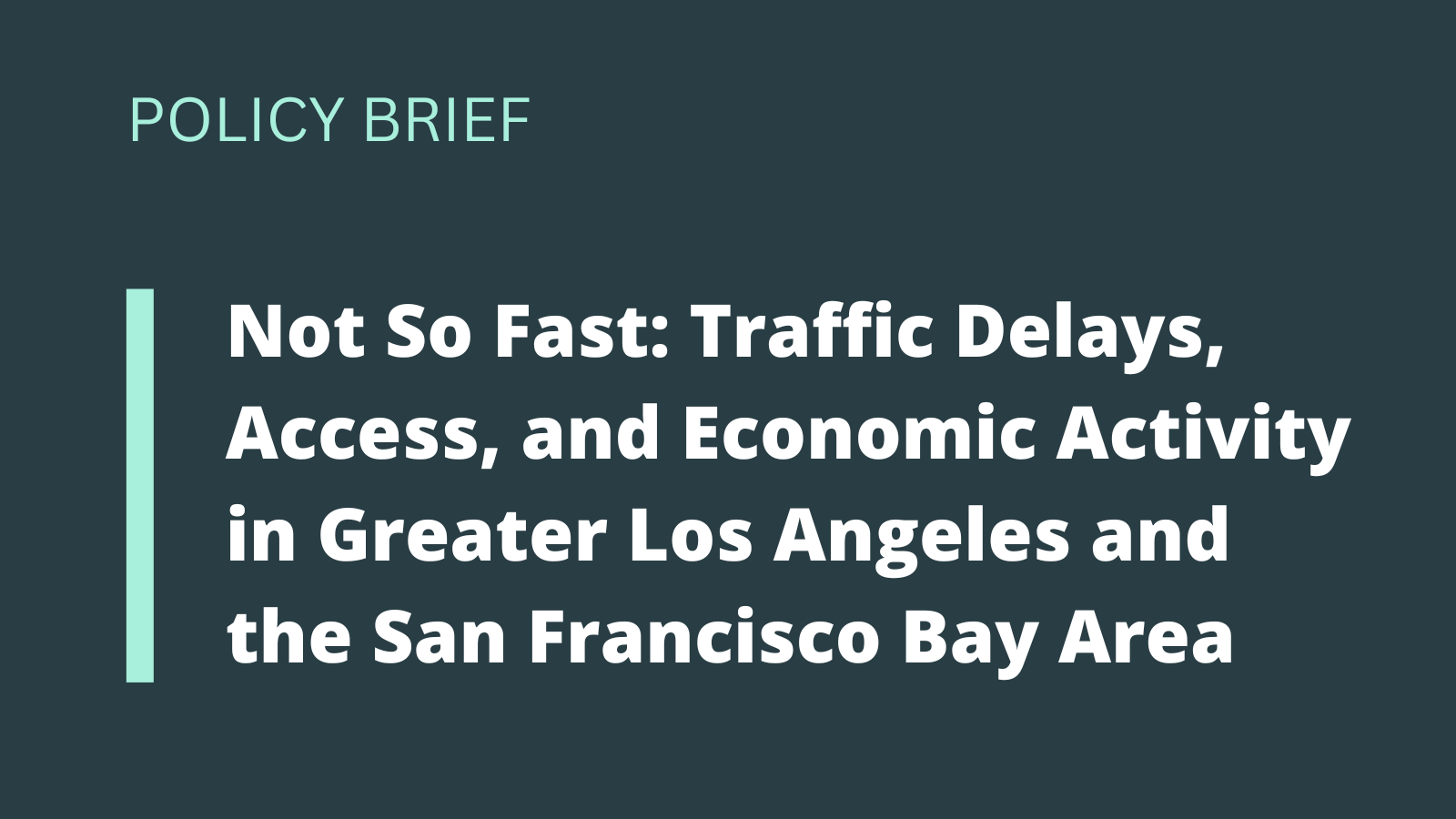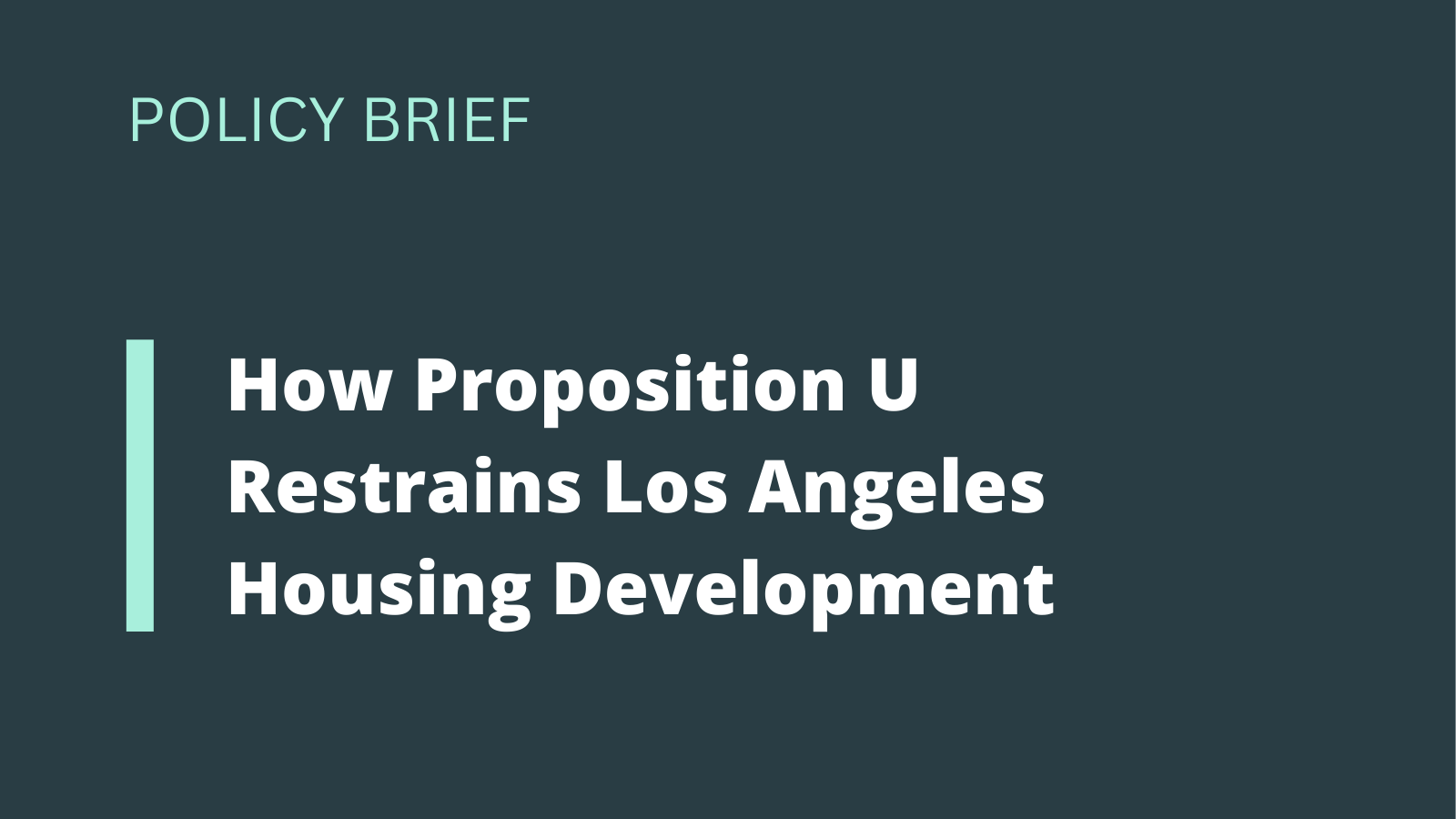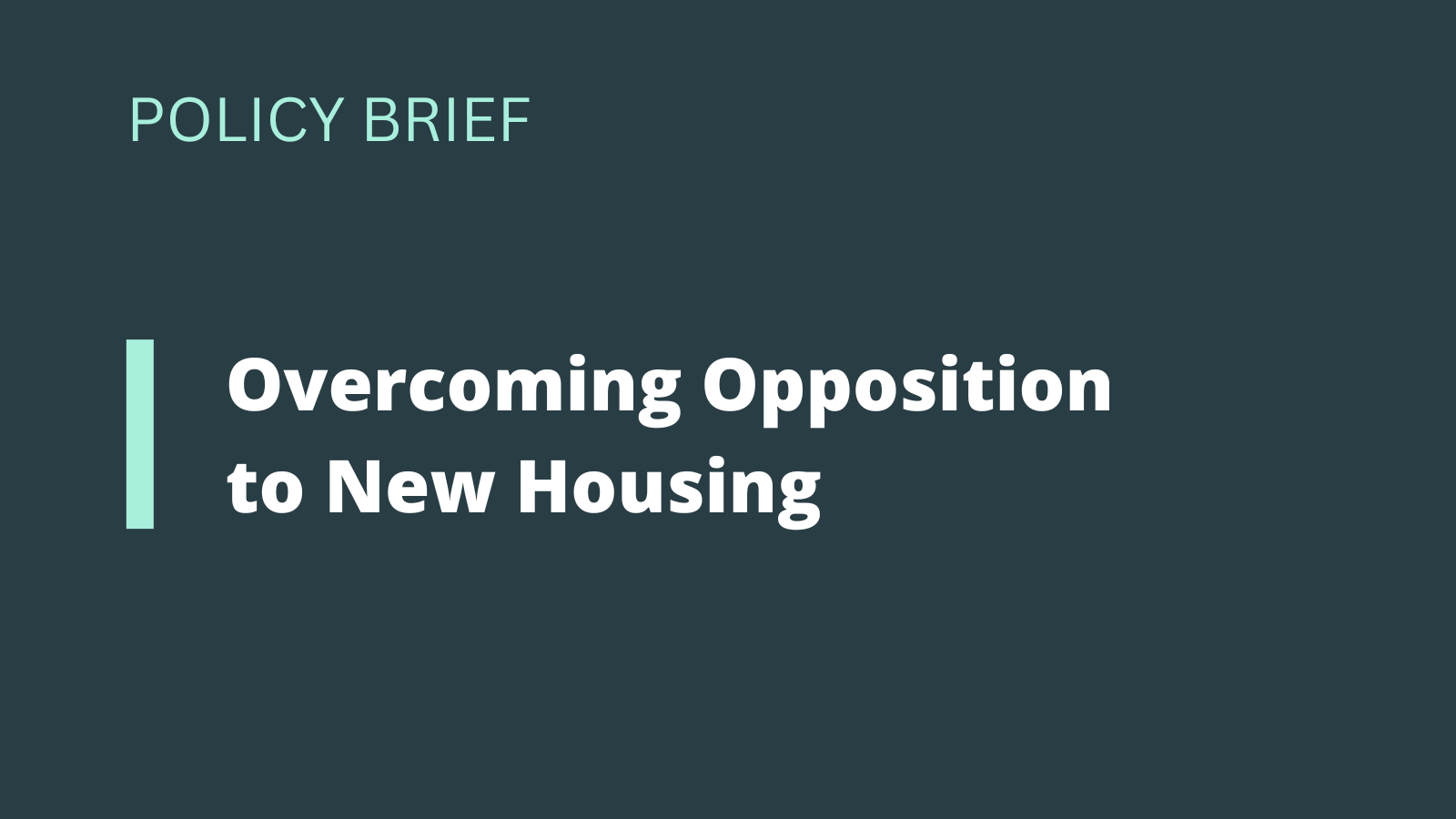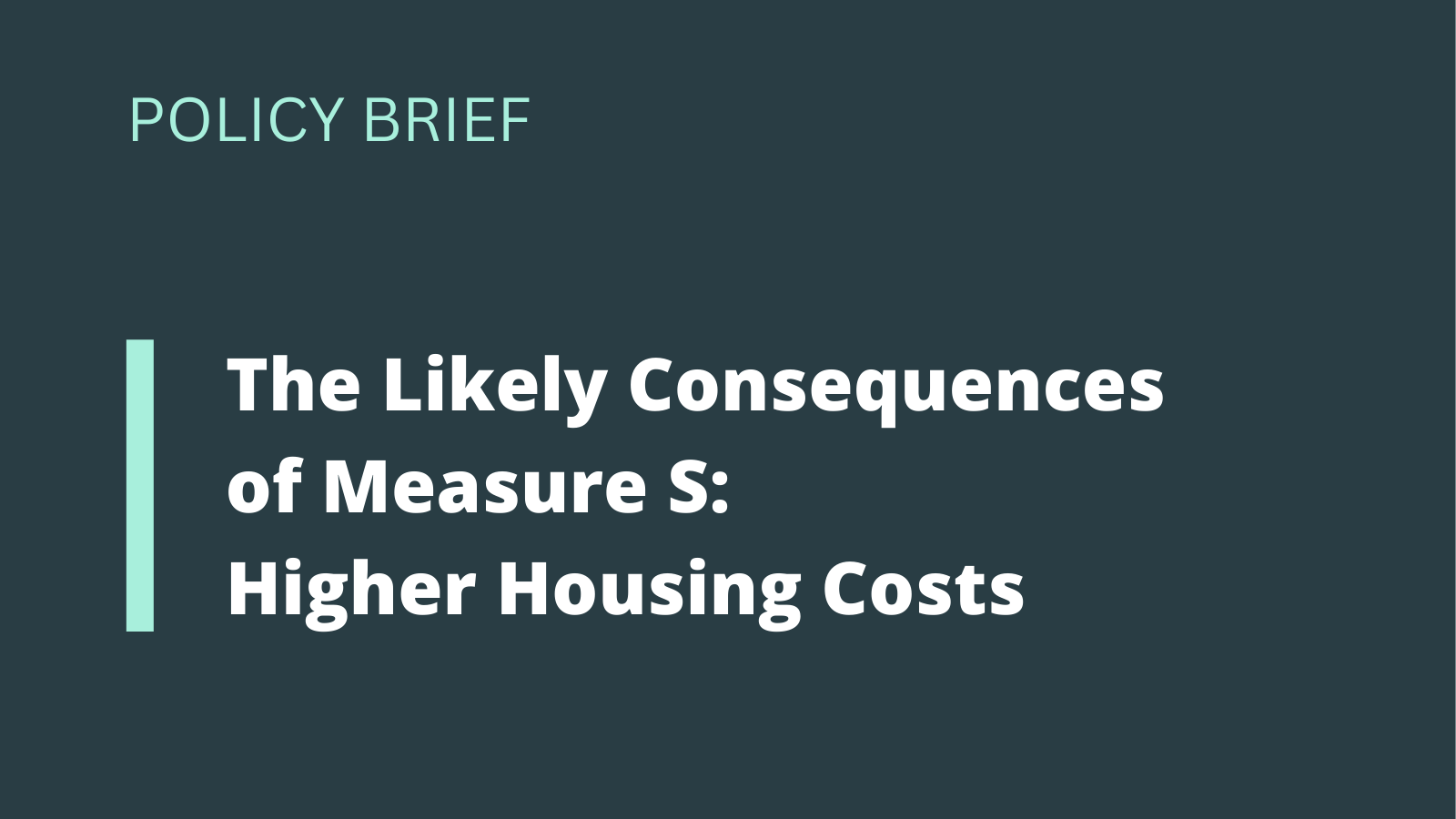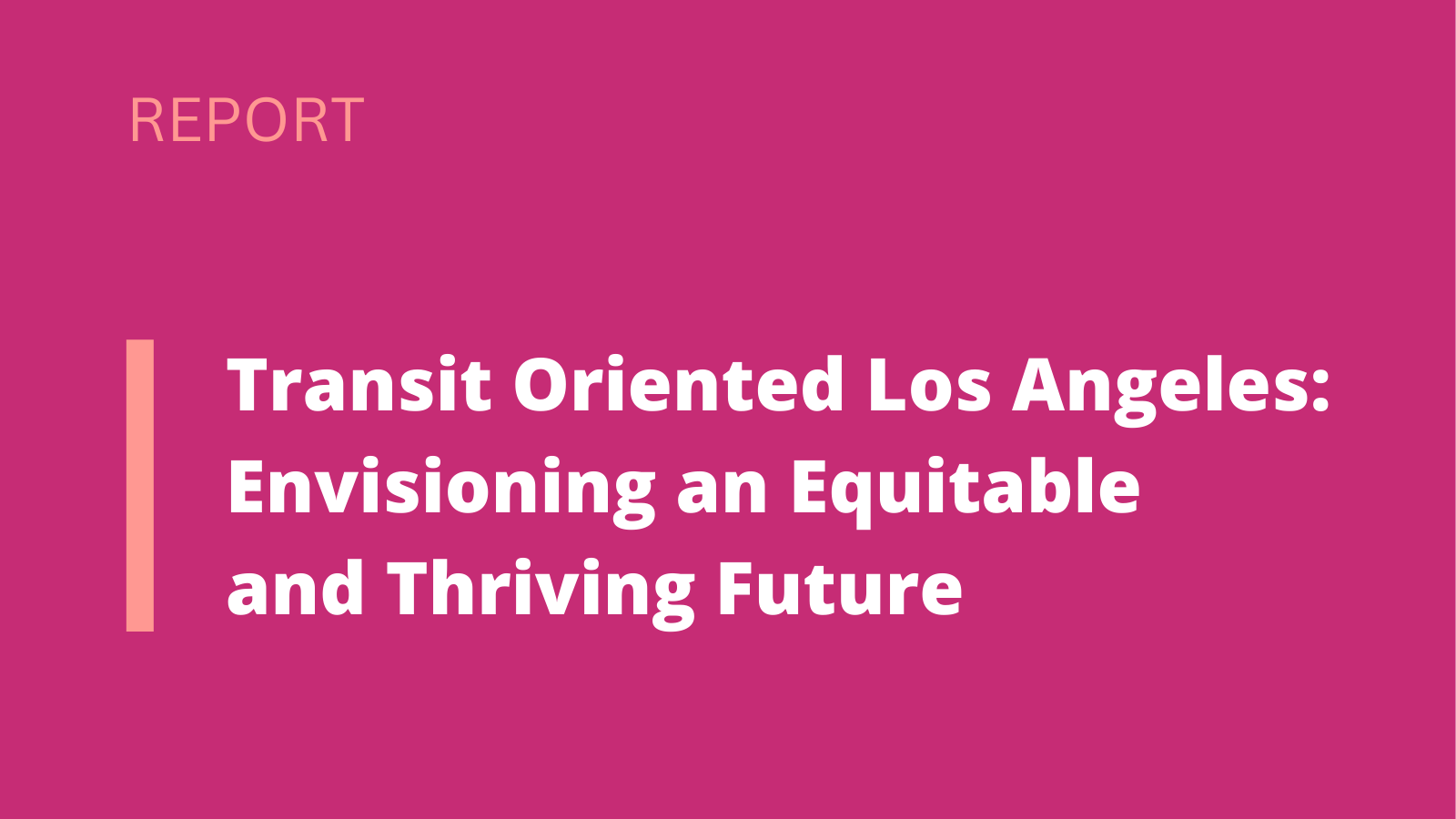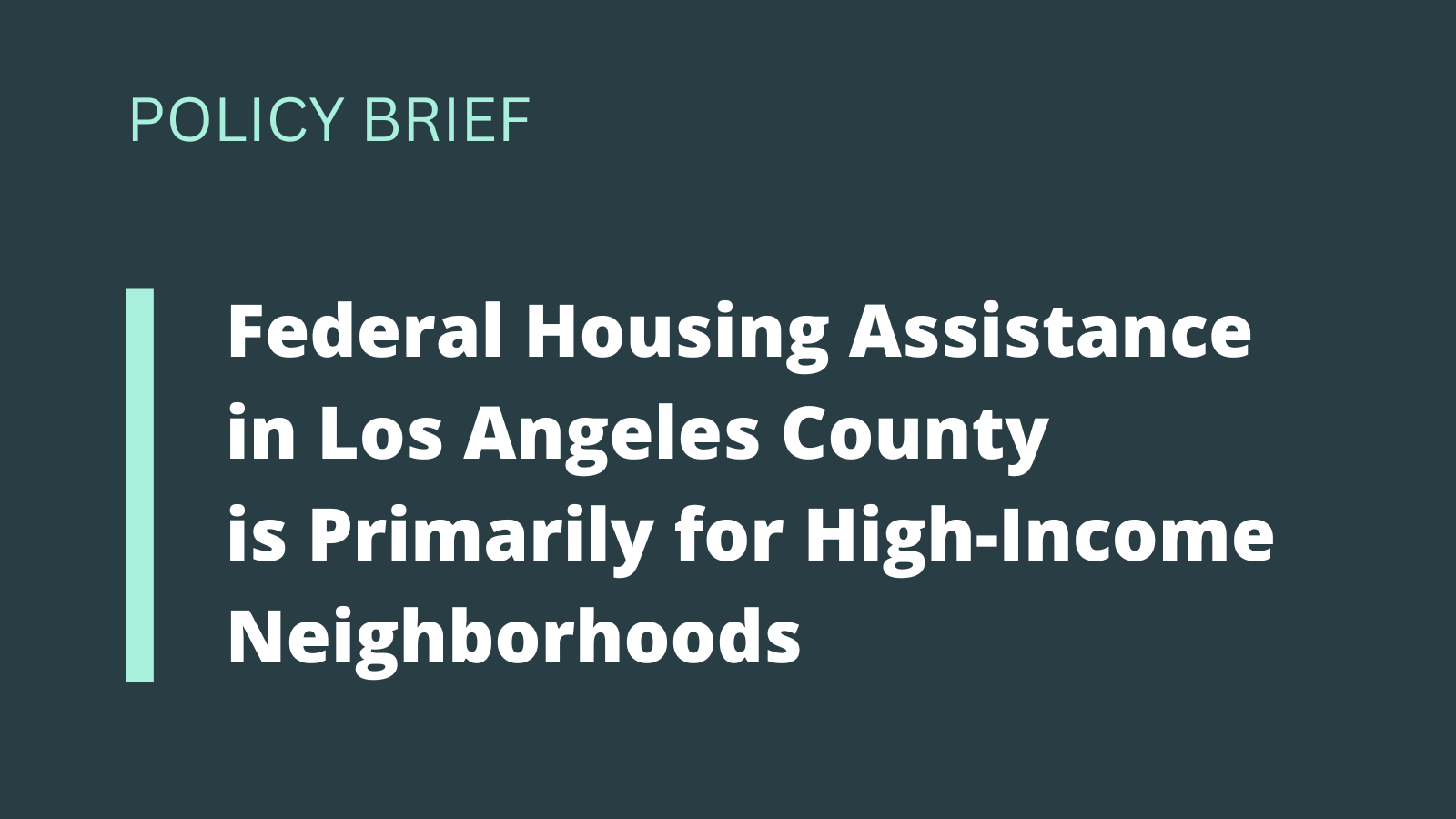Rules of Division: The Influence of Land Use Regulation on Income Segregation
superadmin2025-12-24T07:02:58-07:00Income segregation in U.S. metropolitan areas has been rising for the last forty years. Using new statistical measures for the 95 biggest cities in the US, we investigate the relationship between land use regulations and segregation by income.

